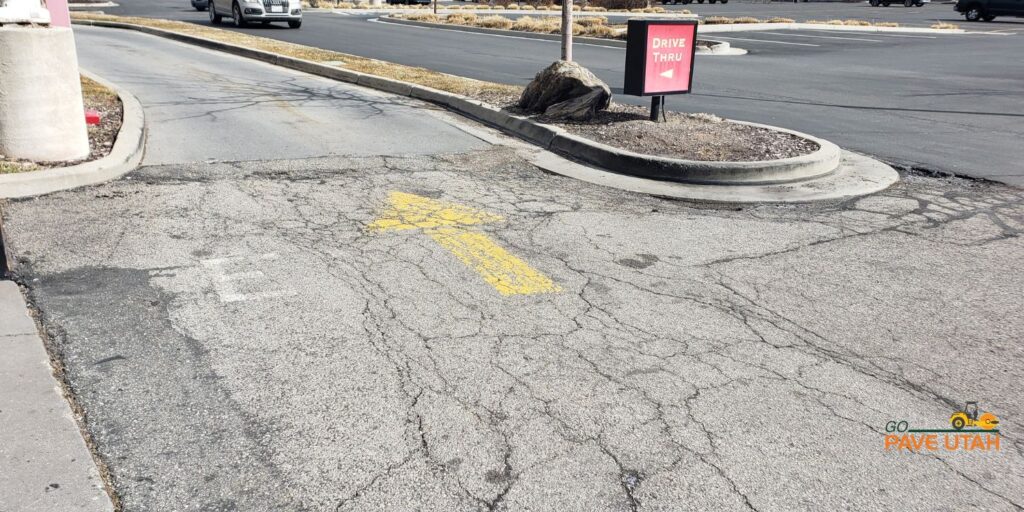
If you manage a commercial property in Utah, your asphalt surface is a major part of both function and first impressions. When properly maintained, it can last for years—but once damage takes hold, repairs alone may no longer be enough. Knowing when it’s time to fully replace your asphalt helps you avoid bigger problems down the road and protects your investment.
When you start seeing widespread cracking—especially in patterns resembling alligator skin—it’s a sign that the surface is deteriorating and the base layer beneath is failing. These cracks allow moisture to seep through, which leads to faster breakdown during Utah’s freeze-thaw cycles. In high-traffic areas, you may also notice buckling or warping. Raised or sunken spots in the pavement signal that the subbase has shifted or weakened, often under the weight of heavy vehicles or equipment. These issues go beyond surface-level damage and indicate that your asphalt needs full-depth replacement, not just a quick fix.
Pooling water is more than a nuisance—it’s one of the clearest signs that your asphalt is no longer performing the way it should. Standing water after storms or snowmelt suggests that your surface has developed low spots, often due to settling or erosion beneath the asphalt. In a state like Utah, where fluctuating temperatures cause frequent freeze-thaw cycles, trapped water expands and contracts, worsening the damage. If drainage issues aren’t corrected at the structural level, your lot will continue to break down from the inside out.
If you’ve patched the same area multiple times with little success, it’s a sign that the damage runs deeper than it appears. While patching is great for isolated issues, recurring cracks and potholes indicate widespread structural failure. At this point, continuing to invest in patchwork becomes inefficient and expensive. A full replacement allows you to address the root of the problem and start fresh with a surface that performs the way it should.
Over time, asphalt naturally loses its flexibility and protective surface. If your pavement looks dry, chalky, or faded—and you’re starting to see loose gravel or particles across the lot—it means the surface layers are wearing away. This type of erosion exposes the pavement to more UV damage, moisture intrusion, and accelerated deterioration. Once this begins, sealing alone won’t restore the strength of the surface. A complete resurfacing or replacement is often the smarter investment.
When your pavement starts to show these signs, don’t wait for the damage to spread. Go Pave Utah provides expert asphalt replacement services for commercial and business properties across the state. Our team evaluates the condition of your surface, identifies the best long-term solution, and delivers quality work that holds up in Utah’s demanding climate.
If you're ready to stop throwing money at short-term fixes, trust Go Pave Utah to get the job done right—from the base up.